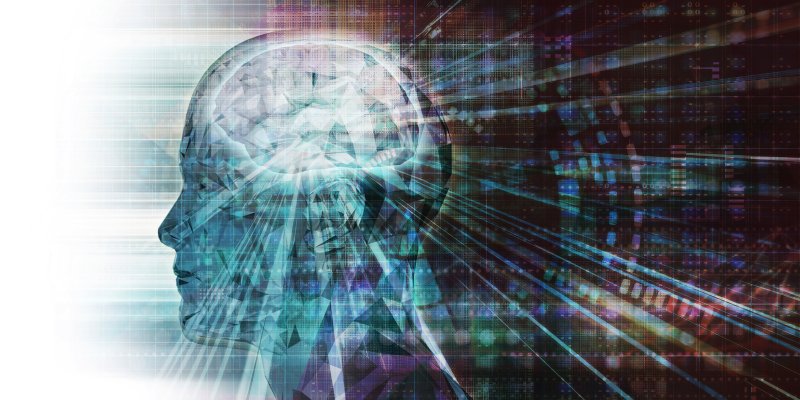Source – https://time.com/
Ihave a problem. I am a psychiatrist in the 21st century and yet I still evaluate patients the way Freud did a century ago: I sit with a patient and, by carefully observing how and what they say, I expect them to tell me what’s wrong.
The problem isn’t that I speak with and listen to my patients. Every doctor of every speciality does that. Rather, my problem is that I never measure the data I think are most important to my treatment of psychiatric diseases.
Consider how I evaluate a patient for psychosis in the emergency room. When I speak with them, I want to know what their life is like—what’s their day like? What’s on their mind? How social are they? How’s their sleep? These data depend on my patient’s ability to remember, accurately report, make sense of, and tell me about their experience—and further, my treatments depend on my own ability to listen to and make sense of what I’m hearing.
While we speak, I look for things like rapid or disorganized speech, somewhat incongruent facial expressions, or even recurrent ideas that might help me guage their mind’s function. I ask a series of finely-honed questions to poke and prod at their mind, creating a trove of essential clinical data. But my problem is that the only tool I use to gather and understand these data is my own brain. In other words, I leave the vast majority of that data unrecorded, unanalyzed and untapped. This is a problem. Consider what I’d do if this patient has chest pain.
Chest pain is a vague symptom that can be present in anything from heartburn to a panic attack to a heart attack. I would of course, ask them about their chest pain—when did it start? have they had it before? But I would dig deeper than conversation.
Heart rate is important in chest pain. I could put my fingers on their wrist and count out their heartbeats per minute, but I wouldn’t do that—I’d use a calibrated machine. I might carefully ascultate the lub-dub of their heart valves closing, but I would without question measure the flow of electricity through their heart each millisecond with an electrocardiogram. If I wasn’t reassured by these measurements, I’d probably draw some blood to check for protein SOS signals from their heart and call cardiology. Because I take chest pain seriously, in a few short minutes, I’d gather a host of measurements and would know whether their chest pain was caused by a heart attack.
Before decades of public-private partnerships developed the tools I use to evaluate chest pain, clinicians accepted that some data—in this case the essential data that defines the clinical problem of a heart attack—are invisible without technology and essential to provide good clinical care. Yet as a psychiatrist, I continue to ask questions without measuring the data I think are important to define my clinical problems like psychosis, even though the technology exists.
You probably have the most sophisticated behavioral measurement device ever created in your hand. The smartphone boasts a suite of technologies that might dramatically advance my ability to assess and treat my patients. Right now, our smartphones collect data that measure things I already believe are clinically important: what’s on our mind, how social we are, even how we sleep.
In addition to asking “what’s on your mind?” I might—with my patient’s consent and support, of course—analyze their online search history or social media profile, looking for subtle changes in the way they express themselves, changes that, studies have shown, might define an opportunity for us to work more closely together to improve their mental health. I could ask, but also measure.
Right now, I don’t use technology because, frankly, it’s not necessary. I diagnose and bill based on conversations, not measurements. Psychiatric diagnoses—organized before the advent of technology—are without exception based on patterns of symptoms and signs, or what a patient tells me and what I observe. Though psychiatry has tried to better define the diagnosis of, say, schizophrenia, this has backfired. The more we fiddle with our existing framework, the more muddled it becomes: I recently calculated that the latest diagnostic criteria (DSM-5) for schizophrenia describes ~7.6 trillion different patterns of symptoms and signs.
Notwithstanding these barriers, psychiatry has never been working more quickly or more effectively towards the goal of better defining the clinical problems we treat. The National Institute of Mental Health recently announced the Accelerating Medicines Partnership for Schizophrenia (AMP SCZ), an investment of over $82.5 million over five years and one of the largest private-public partnerships in the organization’s history.
For one of the first times at this scale, a band of psychiatrists and researchers from academic hospitals, pharmaceutical companies, and tech companies will combine traditional clinical conversation with measures of brain function, cutting-edge data from smartphones, personal measurement devices and audio-visual recordings.
For example, recording and analyzing a conversation might help clinicians detect subtle changes in the way people string ideas together or refer to themselves. Without technology, these changes would remain invisible even to a skilled clinician, yet studies have shown that they predict the onset of a psychosis episode in at risk patients. Such patients—previously in a grey zone—might have access to more and better treatments, thereby leading to better outcomes.
Of course, none of these technologies will replace the empathic charm and human touch of a skilled clinician. Some clinical data are necessarily bespoke, artfully gathered by a skilled clinician; but not all data are like this. Modern medicine has brought chest pain from heart attacks from routinely fatal to often survivable and even preventable. Progress in evaluating chest pain required decades of fastigious measurement and, crucially, novel treatments to pair with those measurements.
Though technology isn’t a magic bullet, history has shown that the more we harness technology, the better we can define our clinical problems and treat our patients.
